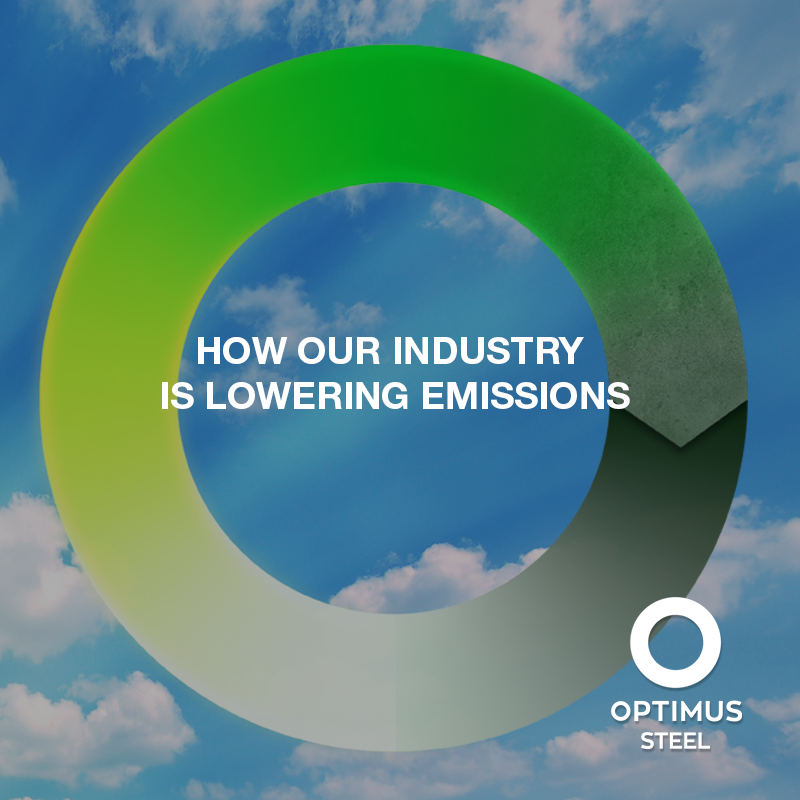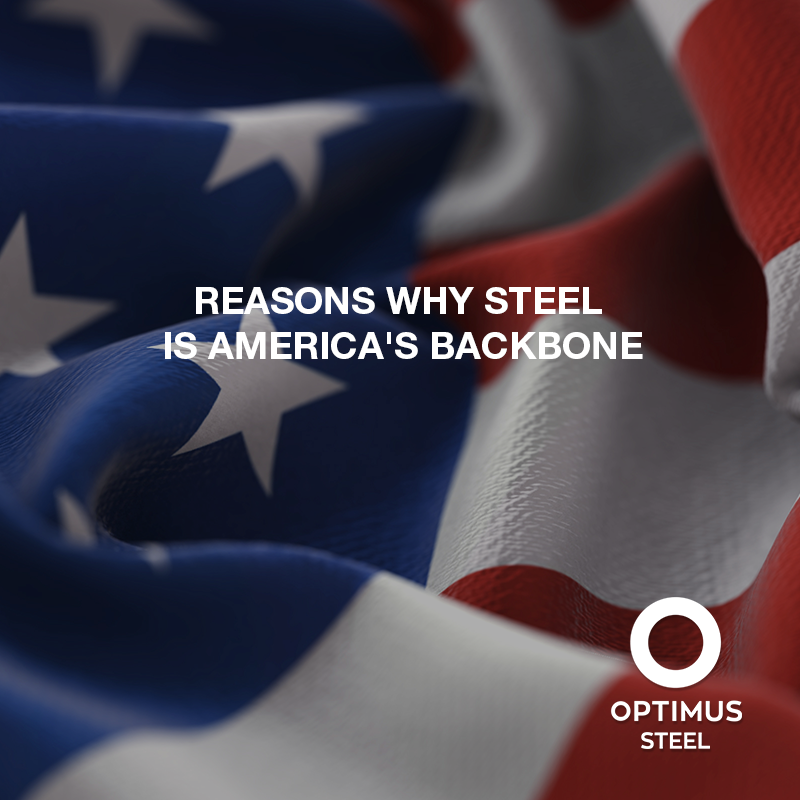Servant Leadership is a management style in which the personal well-being of the team is priotitized, generating an environment where respect and communication are the norm.
Servant Leadership focuses on understanding and serving the work team, without seeing its members as mere parts or gears that can be replaced. Instead, the leader places high value on the individual and their talents.
What are the qualities of a Servant Leader?
A Servant Leader listens, offers support and provides the confidence needed for a workplace to function as a common-purpose community, going beyond the business purpose of the company by achieving well-being for all.
A Servant Leader works under these principles:
- Active Listening: a Servant Leader listens before making decisions. It is important to take the time and allow others to express themselves. This does not mean that others are necessarily right all the time, yet it does allow for a better dialogue.
- Empathy: this is not just “putting yourself in the place of others”. This is about acknowledging the place of others by accepting they are different and allowing each person to speak from their own reality.
- Foresight: a Servant Leader learns from mistakes, and when he sets a direction for the team, he does so according to reason. Furthermore, instead of dealing with incidents when overwhelmed, the Servant Leader addresses issues from the perspective of crisis prevention or control.
- Overcoming: there is learning in everything and everything can be overcome; perfection is built every day and maintained with discipline. We can always learn something and improve by not assuming that there should be no mistakes.
- Persuasion: a traditional leader tends to be authoritarian, whereas the Servant Leader seeks to persuade others to be a better version of themselves, to learn more, or to improve themselves. In addition, a Servant Leader will help others find the best methods to achieve those goals.
- Commitment to Growth in Team: a Servant Leader puts himself in a position in which he will also learn, promoting empathy or foresight, that is, Servant Leadership is a form of horizontal work in which the leader is in the same process as the entire work team.
Why promote Servant Leadership?
This way of thinking encourages team participation, recognizing that mistakes can happen and one can always improve upon them, it does not seek punitive measures but rather constructive ones.
Talents are positively reinforced, integrating the qualities, personalities and skills of each team member in an environment of trust, productivity and human value.
And stay tuned for our upcoming blog on Situational Leadership.



